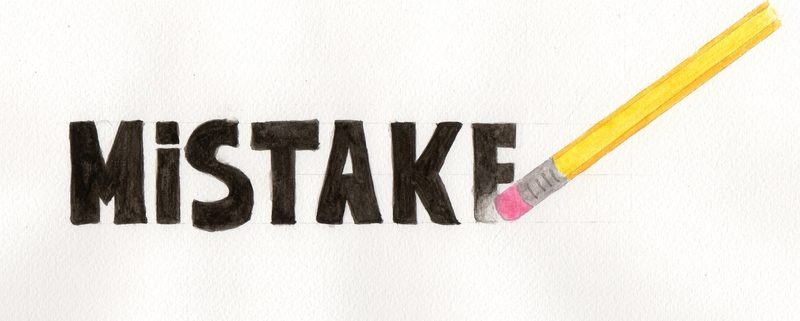What are the Biggest Self-Directed Roth IRA Mistakes Investors Regret?
Ask someone with a Self-Directed Roth IRA, and they may be doing well. They look at their account with rose-colored glasses, and they will tell you all about how great it is, how well they are doing, and how the investments in their account are just going up and up and up. But that does not mean that investors are immune to mistakes. In a recent post at The Motley Fool, CPA Charlene Rhinehart took a look at some of the most common mistakes that many investors make when using a Roth IRA in their 20s. It’s worth highlighting some of these, as well as adding a few notes of our own.
Mistake #1: Waiting Too Long
According to Rhinehart, it was a mistake not to contribute the maximum allowable amount from the get-go. Says Rhinehart: “Although I made contributions throughout the year, my annual total never came close to the maximum amount I could have put in. Instead of hearing the benefits of maxing out my account, I was bombarded with warnings of the penalties I would receive if I contributed too much.” Rhinehart went on to explain how the maximum contributions, however, would have potentially built up a sizeable nest egg by the time she turned thirty.
Interesting to note here is the emphasis on the contribution limits. Many investors become so scared of hitting their contribution limits and going over that they forget the most important part of the puzzle: saving money for retirement. All it takes is knowing what your contribution limits will be as an individual investor; and if you can hit that every month, many brokerages make it easy to set aside enough money every month to hit that limit on the dot.
Mistake #2: Not Putting Skin in the Game
It’s something that plagues both Roth IRA and Self-Directed Roth IRA investors: being too scared to make money because of the concept of risk. It’s true that any valid investment you make in a Roth IRA is going to carry a certain portion of risk. That’s the nature of investment: you put money into a company or venture, hoping that it will work out. And if it does not, you may pay the price in terms of lost value.
But with today’s financial products and wide range of available investment types, it’s also possible to diversify one’s Self-Directed Roth IRA to minimize the downside. According to Rhinehart, this was one of her big Roth IRA regrets in her 20s. She made contributions to her Roth IRA and even found that they were not being invested! That’s not an encouraging way to start one’s retirement journey. To get the money moving, investors have to have a clear idea of what they want to invest in, and why. That’s especially true with a Self-Directed Roth IRA.
Mistake #3: Not Thinking Long Term
For an investor in their 20s, it’s easy not to think long-term. Retirement is a long way off and investing money now in the hope of compound gains 40 years down the line seems like a finish line that will never quite come. But for many investors, it can be encouraging to put money aside in an account like a Self-Directed Roth IRA, watching it compile every year. This is not just one way to feel more secure in the here and now, but to feel more confident that no matter what the future brings, an investor is capable of handling it.
Interested in learning more about Self-Directed IRAs? Contact American IRA, LLC at 866-7500-IRA (472) for a free consultation. Download our free guides or visit us online at www.AmericanIRA.com.








